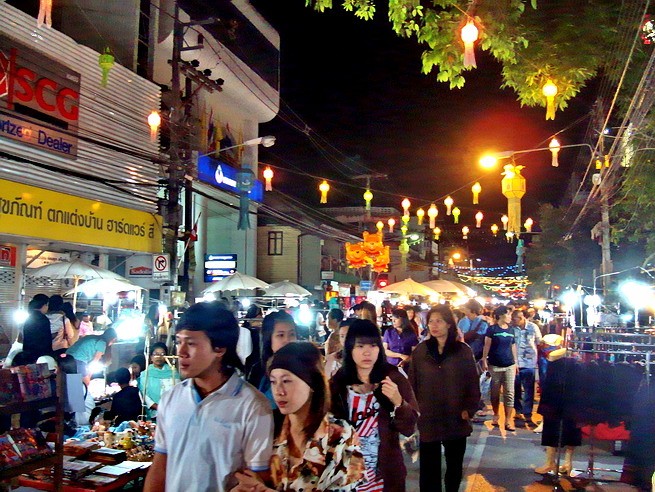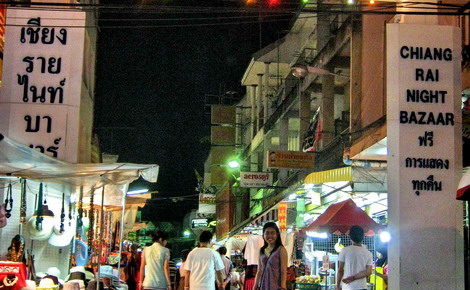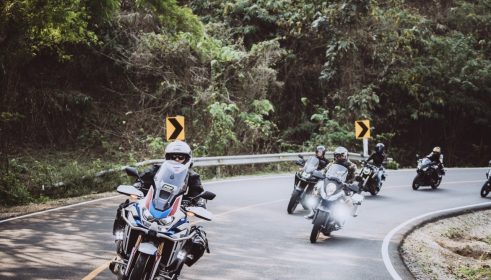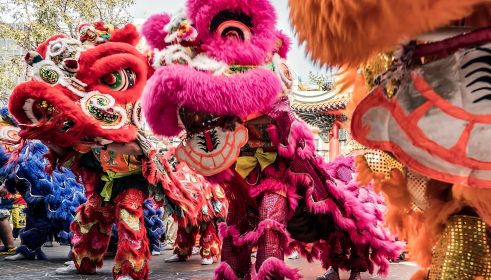Shopping facilities in Chiang Rai specialize in handicrafts sourced from across the province. Craftspeople and local artists bring their work into the city to sell them to tourists. Local hill tribe merchants market their wares as well, often clad in traditional dress—an interesting aspect of dealing with local vendors.
Products you are likely to find in Chiang Rai include Thai silk, sold both as fabric and clothing. Pha sin wraparound skirts are popular, as are traditional triangular pillows known as mawn sam liam. Silk wall-hangings and tapestries make nice gifts and loose-fitting fisherman’s trousers are also a popular purchase.
Jewellery—including gold, silver and jade—is widely available across Thailand. Beware of expensive jewellery sold from less than upscale vendors, as fakes can be quite convincing. Regardless, Thailand is one of the world’s leaders in the export of gems, and fantastic deals are possible.
Hill tribe products can be purchased virtually anywhere, and wherever you travel you’re likely to be confronted by hill tribe merchants selling handmade jewellery and knick-knacks. The Hill Tribe Museum boasts an impressive array of handicrafts, all of which are for sale. Prices here are fixed, so tourists don’t have to trouble themselves with bartering, and patrons can rest assured that the proceeds from these sales are used to bolster local hill tribe economies.
There is also a modest night bazaar in the Chiang Rai city centre. A large portion of this market is uncovered, and you won’t find many vendors when it’s raining. Otherwise, goods here range from local artworks and handicrafts to Western style clothing and faux-designer apparel and accessories.
There are several eating establishments in Chiang Rai, though you won’t find the kind of variety that exists in Chiang Mai. Most of the restaurants are centrally located along the main road, thanon Phaholythin. There are also several waterfront establishments situated along the Mae Kok River.
The full gamut of Thai cuisine is available in Chiang Rai, but this is also a good place to try a few Northern Thai specialties like khao soy (a Burmese-influenced chicken and noodle curry); naam prik noom, a mild dipping sauce eaten with fresh, local greens; and northern style sausage. Follow the locals to find the best establishments.
There is a food court adjoining the night bazaar, and numerous hawkers operate here, dealing in everything from Western snacks to spring rolls, pad thai (fried noodles), fresh fish and delicate sweets. Draft Thai beer is available, and life performance (traditional dance and music) is often featured on stage.
As Chiang Rai continues to gain momentum in the tourism industry, an increasing number of restaurants offer international fare. There is a popular Italian restaurant on the main road Phaholythin road where pizzas are cooked in a charcoal oven. The main road also hosts a Lebanese restaurant where patrons can order homemade hummus and falafel.









